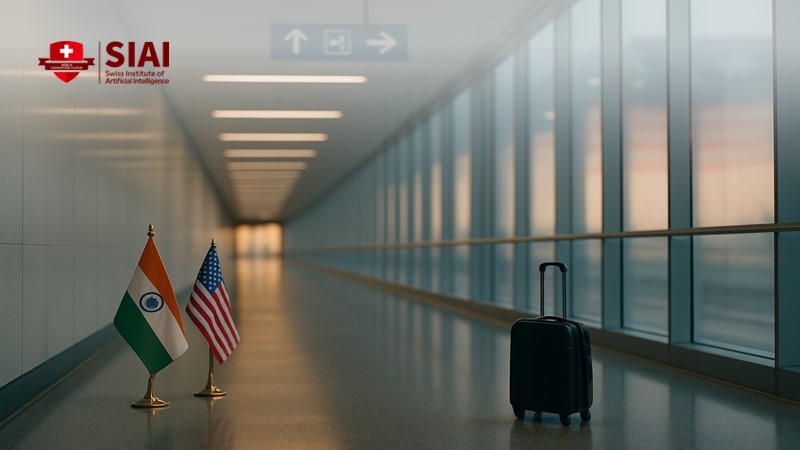Policy

Korea’s strong healthcare still leaves families exposed to severe income loss from serious illness Health shocks cut wages, pushing seniors and students into long-term financial strain Korea must pair universal care with robust income protection to prevent poverty after illness
Read More

China quietly rations rare earths through strict export paperwork, not formal bans Its dominance in mining and magnet production turns bureaucracy into global leverage Schools and policymakers must plan for lasting supply risk and build alternative sources
Read More
The US relies on an H-1B talent pipeline its schools cannot replace New H-1B fees push global talent toward rival countries building strong education–innovation systems Without opening visas and fixing public education, the US will lose its tech edge
Read More

Public R&D crowd-in effect primes private investment and productivity growth Cuts and freezes break the catalyst, raising risk and slowing diffusion Protect catalytic grants, require private matching, and use procurement to anchor demand
Read More
India hedges: the U.S.
Read More
Asia practiced tariff diplomacy: public deference, private deals China’s rare-earth grip set the terms, yielding a short truce and modest tariff relief Schools should hedge purchases and teach the supply-chain math behind these negotiations
Read More


Private school subsidies risk emptying public schools by erasing price differences Competition will shift to entrance exams and prep, as Korea shows Link subsidies to fair admissions and fee caps, invest in public quality, and track enrolment
Read More
Japan’s new PM locks in a hard-line, US-aligned stance Japan–China ties enter “stable instability” as ASEAN/Seoul outreach continues Schools and policymakers must harden compliance and diversify partnerships Only 13% o
Read More
ASEAN needs its own stability fund to protect trade during crises Europe shows that regional firewalls boost confidence An ASEAN-led design would secure faster, fairer support In 2022, the global
Read More
Chinese subsidies lower prices now but create domestic misallocation and cross-border distortions Importers’ short-run gains are offset by capacity loss, concentration, and volatile input shocks Targeted remedies, resilient procurement, and updated curricula can cut the global welfare loss
Read More
Rare earth price spikes show fragile supply chains The U.S.
Read More
Trade barriers worth $2.3T are rising and choking education trade A free trade mega bloc can keep people, data, and ideas moving Prioritize shared visas, interoperable credentials, and protected cross-border data One number u
Read More
Japan’s labor is tight and the yen is weak Despite 2.3 million foreign workers, only 1,685 Indian students study in Japan A Japan–India education corridor would scale skills, lift productivity, and lock in a deeper partnership
Read More













